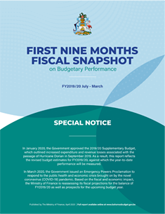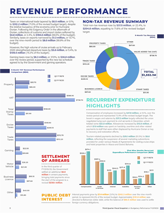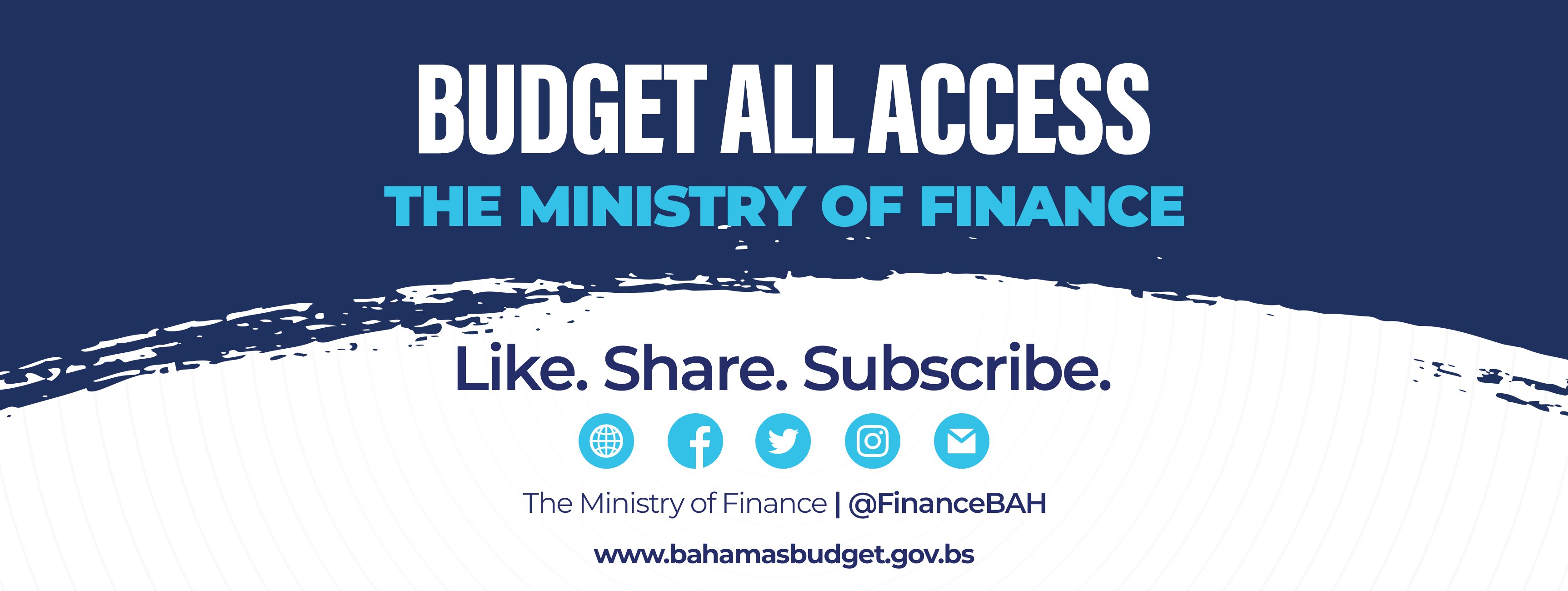What is the outlook for government revenue?
Governments raise money to pay for things like healthcare, public education, and national security in three ways: tax collection through expanded economic activity, direct tax increases, or increased fees and other non-tax related revenue generators. Because of Hurricane Dorian and the COVID-19 global pandemic, economic activity has significantly slowed, putting a straing on the Government's ability to generate revenue.
To avoid adding to the burden families, communities, and businesses are shouldering during this crisis, the Government chose not to increase taxes. This decision, combined with slowed economic activity means, the Government has far fewer resources to invest in the programs and policies that can restore the nation.
WHAT DOES THIS MEAN? This pie chart shows all of the Government's different sources of tax revenue. The Government generates the majority of its revenue through Value Added Tax (VAT) and from taxes on international trade and transactions, which includes all tourism related taxes (air departure, sea departure and plesaure vessels departure taxes)
WHAT DOES THIS MEAN? This table shows the amount of money collected by the Government each year in Value Added Tax (VAT) since the new tax was introduced in 2015. From its inception to present day, VAT has been one of the main sources of revenue for the Government. The significant increase in 2018/19 was largely due to the increase in the VAT rate from 7.5% to 12.5%.
The Government’s ability to generate revenue will be significantly hampered in the new budget because of the dual impact of Hurricane Dorian and COVID-19. Estimated Government revenue will be $900 million less than last year when there was positive economic activity. The Government chose not to increase taxes in the new fiscal year due to the ongoing strain on consumers and businesses.
Click the slider for more information on the pressures weighing on government revenue.
When the Government reduces Customs duty or provides other forms of tax relief, it gives up revenue that it would ordinary bank on collecting. This is called foregone revenue, and it affects the Government’s overall fiscal outlook. Given the economic climate, the Government’s scope for significant tax reductions is minimal. Nonetheless, consistent with specific policy priorities, the Government chose to reduce taxes in a few targeted areas.
Click the slider for more information on where the Government will forgo revenue to provide tax breaks and incentives.


For an overview of the Government's past revenue performance, view the latest budget performance report. During the first 9-months of the 2019/20 fiscal year, despite the temporary decline in business activity in the storm-affected islands of Abaco and Grand Bahama, total revenue grew to $1.76 billion. Taxes on Goods & Services grew by $40.7 million (3.7%) to $1.15 billion. VAT receipts were boosted by $149.8 million (25.4%) largely due to the shift from stamp tax to VAT on realty transactions.
View
Download

The budget website is inspired by a worldwide movement towards citizens budgets. Presented by the Ministry of Finance, it is a visual, interactive and less-technical version of the annual budget that promotes accessibility, inclusion, transparency and accountability.
Government Revenue Continues to Rebound
May 24, 2022
Ministry of Finance Releases First Monthly Fiscal Report
March 21, 2022
Government Revenue Continues to Rebound
Feb. 3, 2022